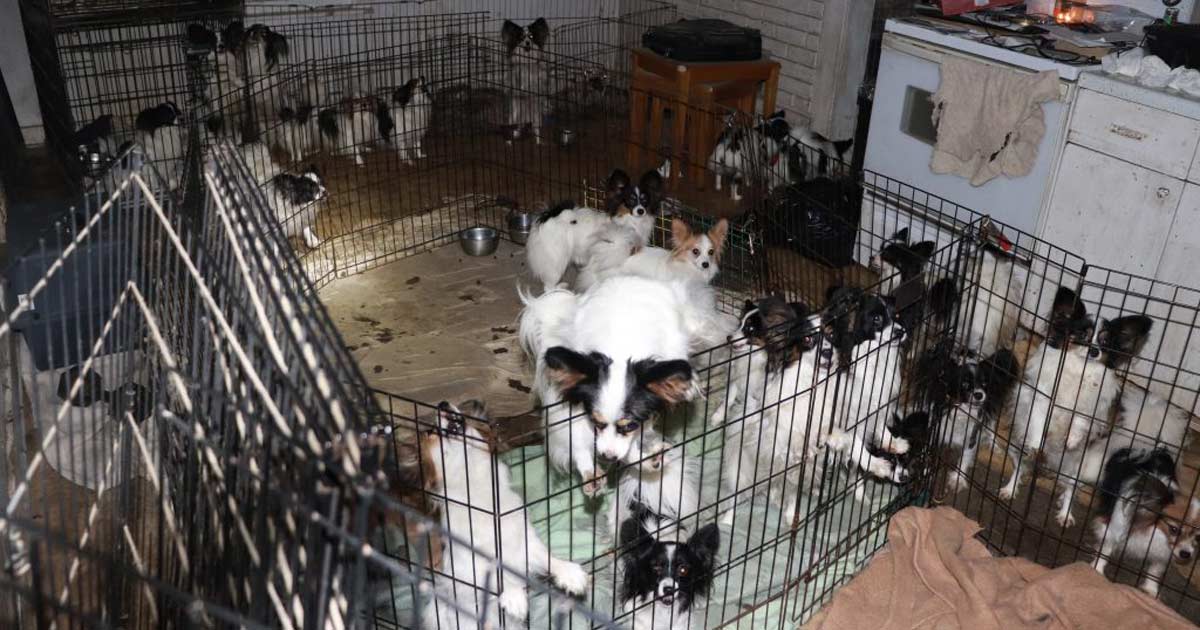Fire and EMS responders are painfully aware of the problems associated with hoarder homes. It seems every community has at least one such home. Trying to provide those residents with the best care during emergency response is challenging, to say the least.
Depending on what the individuals are hoarding, these calls can get into the realm of hazmat response. This is especially true when they hoard animals — mainly dogs and cats.
In the United States there are more than 3,000 calls per year regarding animal hoarding. One recent call was on the more extreme end and required a hazmat team turnout.
Also Read: Decontamination for Law Enforcement Operations
In early December in Brick Township, New Jersey, police requested hazmat to remove 180 dogs and cats from a home. It took them 10 hours to remove the animals, according to The Associated Press.
And a few years back authorities found 50 dogs, three cats in a 700-square-foot home in Idaho. According to KTVB, they found the home heavily contaminated with feces and urine.
“The interior of this house was as deplorable as anything I’ve seen in the past 19 years of being involved in these kind of neglect and cruelty situations,” Dr. Jeff Rosenthal, DVM, a veterinarian and CEO of the Idaho Humane Society, said in a statement.
There, firefighters in full PPE and SCBA were brought in to ventilate the home before the animals could be safely rescued.
According to Knowledge Burrow, “a long list of potentially infectious agents are known to live in dog and cat feces — from E. coli to tapeworms. But perhaps less well known is the fact that a lot of these parasites actually become more infectious as the poop ages. Researchers say, dog urine, feces and vomit can cause serious health problems. They spread some life-threatening bacteria and viruses like ringworm, tapeworm, hookworm, giardia lambia, salmonella, campylobacter, canine parvovirus etc. to human.”
The Anxiety and Depression Association of America lists these statistics about animal hoarding.
- Every year 3,500 animal hoarders come to the attention of authorities.
- At least 250,000 animals are affected each year.
- Eighty percent of animal hoarders have diseased, dying or dead animals on the premises.
- Seventy percent of animal hoarders who come to the attention of authorities are females who are single, widowed or divorced (although community-sampling studies find an equal ratio of males to females).
- Up to 40 percent of object hoarders also hoard animals.
- One hundred percent of hoarders relapse without treatment.
Original post – Copyright © 2022 HazmatNation.com. Externally linked references may hold their own independent copyright not assumed by HazmatNation











